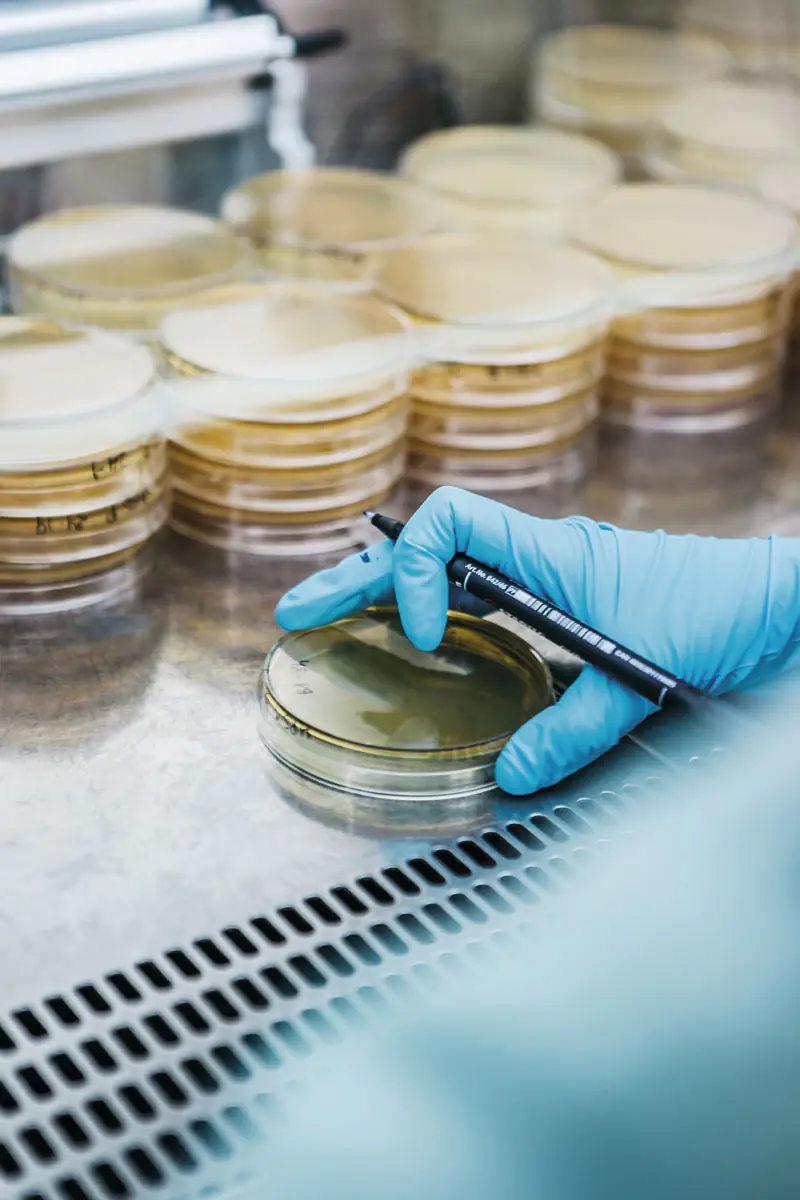Preventing food poisoning caused by the presence of pathogenic microorganisms is not only a legal obligation, but also the first step in avoiding a food crisis.
Microbiological contamination, especially bacterial contamination, is the most common cause of foodborne health problems. Under ideal conditions, all foods should be free from the presence of pathogenic microorganisms. But achieving this is not always possible. Preventive measures must be taken to avoid product contamination and pathogenic microorganism growth in products. However, analytical control is also an irreplaceable tool to ensure food safety.
Control plan design must be based on a detailed hazard analysis. From this, we can determine the required analyses and their frequency in order to control necessary critical points. In order to ensure batch-to-batch safety, some companies implement positive release systems, which consist of blocking the release of production batches until each batch has received analytical confirmation of its safety.
In order to ensure a high level of public health protection, Regulation (EU) No. 2073/2005 establishes the microbiological criteria applicable to foods. The food companies must comply with these criteria throughout the entire food chain, from the manufacturing process to the shipping of the product. This regulation states that food products must not contain microorganisms, toxins or metabolites in quantities that pose an unacceptable risk to human health.
In order to meet these needs, food operators must use analytical services of the highest quality. Accreditation is a decisive factor in this respect, and the control services must also be quick and effective. This is especially important when implementing control systems with positive batch release.
